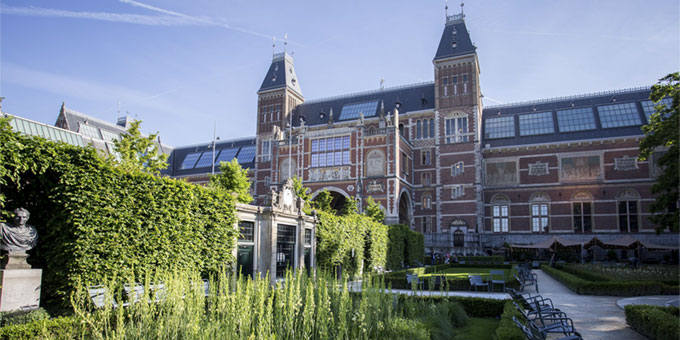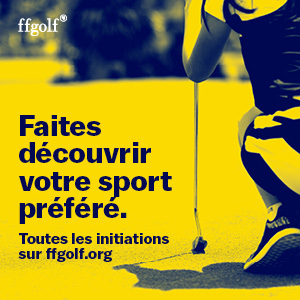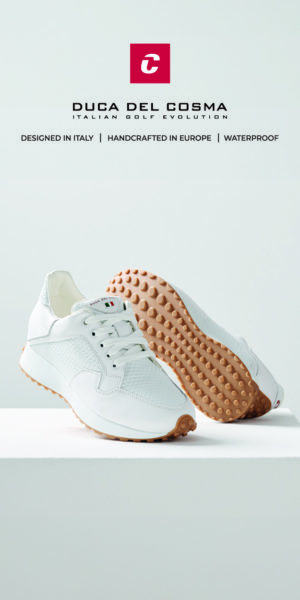Posted on June 4, 2020 in Arts & culture.
Rijksmuseum Amsterdam: an exhibition of baroque painting
The Rijksmuseum in Amsterdam reopens on June 1 and extends the exhibition Caravaggio - Bernini. Baroque in Rome until September 13.

© Rijksmuseum
In response to the latest directives announced by the Dutch government, the Rijksmuseum, the national museum of the Netherlands, will reopen to the public on June 1. The temporary exhibition Caravaggio - Bernini. Baroque in Rome, which was originally scheduled to close on June 7, is extended until September 13, 2020. It had welcomed 85 visitors during the four weeks following the opening of the exhibition on February 000. For Taco Dibbits, director of the Rijksmuseum: It is of crucial importance that we can reopen the museum to the public. In these times, art is a lifeline. We will do our utmost to make the museum a safe and enjoyable environment for everyone. We are especially indebted to the 44 lenders - from Vienna, Italy and elsewhere - who allow the public to continue to visit the exhibition Caravaggio - Bernini. Baroque in Rome. They do so with the conviction that it is precisely at times like these that art and culture contribute to international solidarity ”. The safety of visitors and staff remains the top priority of the Rijksmuseum. To this end, a number of measures have been put in place to ensure that museum visits are as safe and enjoyable as possible. At this time, visitors will only be admitted to the museum with tickets pre-booked online. The Rijksmuseum will operate a timed entry ticket system, through which visitors will be able to select the date and their preferred time slot when booking tickets on the museum website.
Baroque in Rome
In the first decades of the XNUMXth century. A new generation of ambitious artists led by the brilliant painter Caravaggio and the brilliant sculptor Bernini has awakened the Eternal City of Rome. Together, they introduced a new artistic language, in which elegance was no longer the norm, but the evocation of emotions: the baroque. Theatrical art with drama, dynamics and bravura. An art in which painting, sculpture and architecture collaborate closely. A revolution in Western art, which began in Rome and left its mark on Western civilization for a long time.
Artistic revolution
Baroque art therefore seems to be the joyful Italian counterpart to the discreet and sober Protestant culture of the 1571th century in the Netherlands. The Roman baroque brought a profound transformation of the arts which was felt throughout Roman Catholic Europe. The initiators were the painter Michelangelo Merisi da Caravaggio, known as Le Caravage (1610-1598) and the sculptor Gian Lorenzo Bernini, known as Le Bernin (1680-1600). Many other artistic talents have gathered around these two geniuses. The Eternal City was in full artistic development during the first decades of the 1640th century. Rome is rapidly becoming an international center brimming with new ideas and artistic initiatives. This lively climate is the breeding ground for a new style, which will be called Baroque much later, after the word barocco, which designates the whimsical shape of a natural pearl. More than ever, painters and sculptors are working together. The main characters of the exhibition - Caravaggio, Bernini and those who are related to them - embody this artistic fraternization. Together, their works tell the story of Rome's enormous artistic momentum and radical innovations in art, between XNUMX and XNUMX. The guidelines are therefore the main terms of the artistic vocabulary of that time, concepts such as wonder (meraviglia), liveliness (vivezza), movement (motorbike), banter (scherzo) or horror (terribilità).
Caravaggio and Bernini
The baroque was born when Caravaggio started to cause a sensation in Rome around 1600 with its naturalist paintings with a completely innovative and penetrating style and powerful chiaroscuro. His radical art gave birth to a movement with many followers, later called Caravagistes, including, among others, his father and daughter Gentileschi, Borgianni, Bartolomeo Manfredi, Guercino, Baglione and Mattia Preti, but also Dutch like Ter Brugghen , van Honthorst and van Baburen. A few years after the death of Caravaggio in 1610, Le Bernin, with his multiple talents, manifests himself by a series of impressive and technically virtuoso images, full of movement, drama and natural vivacity. Over the following decades, Le Bernin gave the Caravaggio heritage a new direction with his sculpture. This has completely changed the face of Rome: its innovations can still be seen in many areas, ranging from realistic portraits to impressive funerary monuments, sculpted fountains to the architecture of churches.
Highlights of the exhibition
Caravaggio - Bernini. Baroque in Rome is an exhibition of more than 70 masterpieces by Caravaggio, Bernini and their contemporaries. Highlights of the exhibition are Caravaggio's enchanting Narcissus, the Boy Bitten by a Lizard, his Crowning with Thorns, and works by Bernini, such as his youth work, Bacchus, rarely shown, his moving Sebastien, the bust of Medusa, but also marble portraits of Thomas Baker, Cardinal Richelieu and a painted self-portrait. Paintings by Ludovico and Annibale Carracci, Guido Reni, Giovanni Baglione, Gentileschi, Nicolas Poussin, Simon Vouet and the eccentric Tanzio da Varallo, among others, are also on display. Alessandro Algardi's sculptures, notably his Sonno (Sleep) in black marble, the Fauna Rondanini dancing by the Flemish Roman François du Quesnoy, and a bronze horse never seen before by Francesco Mochi in full effervescence. The paintings and sculptures in this exceptional exhibition are on loan to the Rijksmuseum by museums and private collections around the world. To visit as soon as the restriction on travel within 100 km is lifted in France, since the border of the Netherlands is already open to foreign tourists.
David Raynal
Access details
For now, visitors will need to book their tickets exclusively through the Rijksmuseum website. This applies to all visitors, including museum card holders and friends of the Rijksmuseum. When booking a ticket on the Rijksmuseum website, visitors will be asked to select a time slot during which they can enter the museum. This will allow the museum to regulate the number of visitors at all times. The facility also imposes a number of hygienic measures for visitors and staff.
Address :
Rijksmuseum
Museumstraat 1
1071XX Amsterdam
Telephone: +31 (0) 20 6747 000
https://www.rijksmuseum.nl/en
Getting There :
Three daily flights from Paris to Amsterdam are currently available via Air France - KLM.
From Tuesday June 9 resumption of direct trains from Amsterdam to Paris:
Between Amsterdam and Paris Nord:
- Thalys 9322 8:15 a.m. (every day except Sunday) and Thalys 9364 - 15:15 p.m.
Between Paris Nord and Amsterdam:
- Thalys 9327 10:25 a.m. (every day except Sunday) and Thalys 9369 - 17:25 p.m.
Drawing Now Art Fair: Tatiana Wolska winner 2024
The invention of language by Gertrude Stein and Pablo Picasso
The history of French women's golf at Golf du Sorbier








